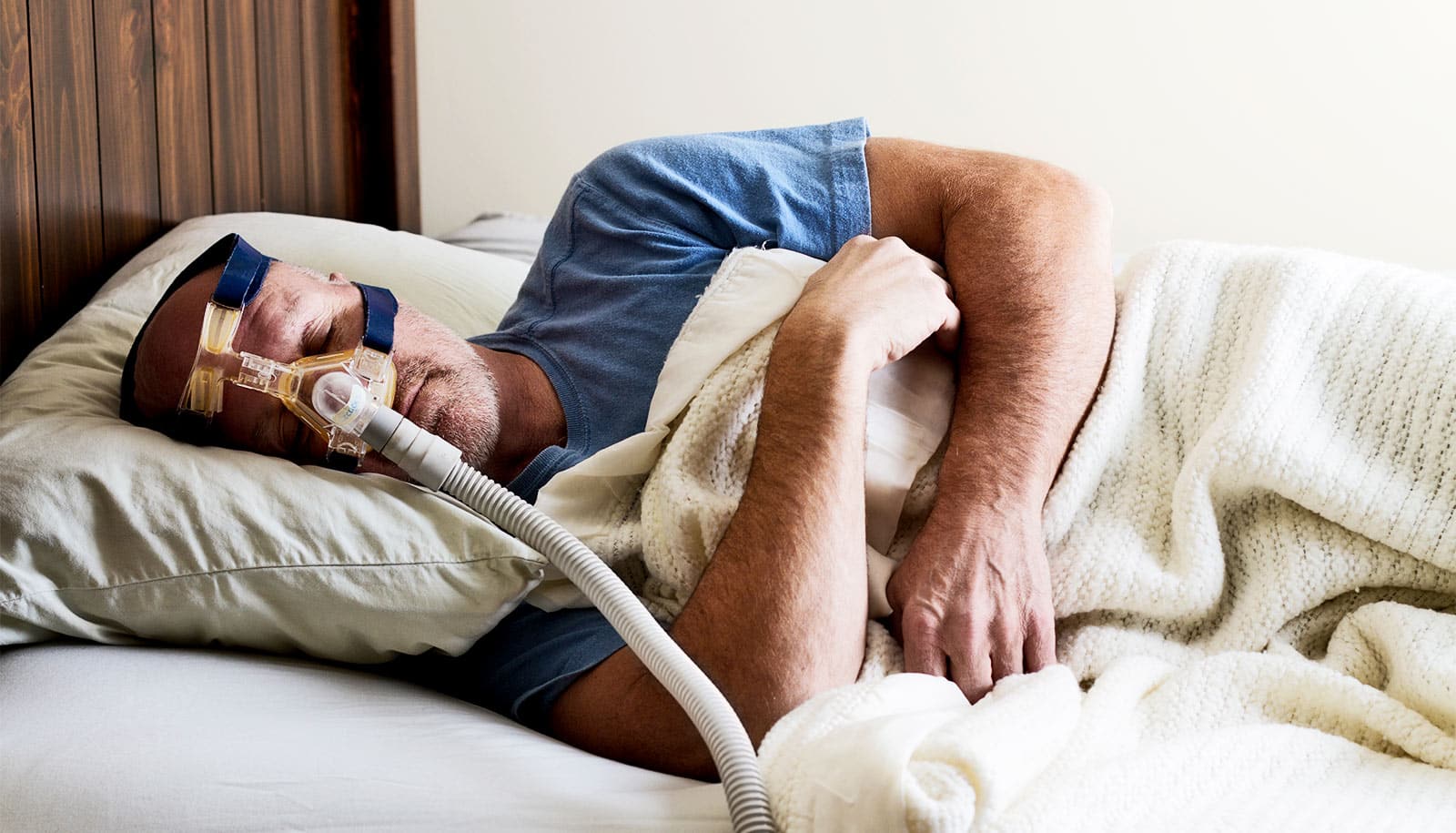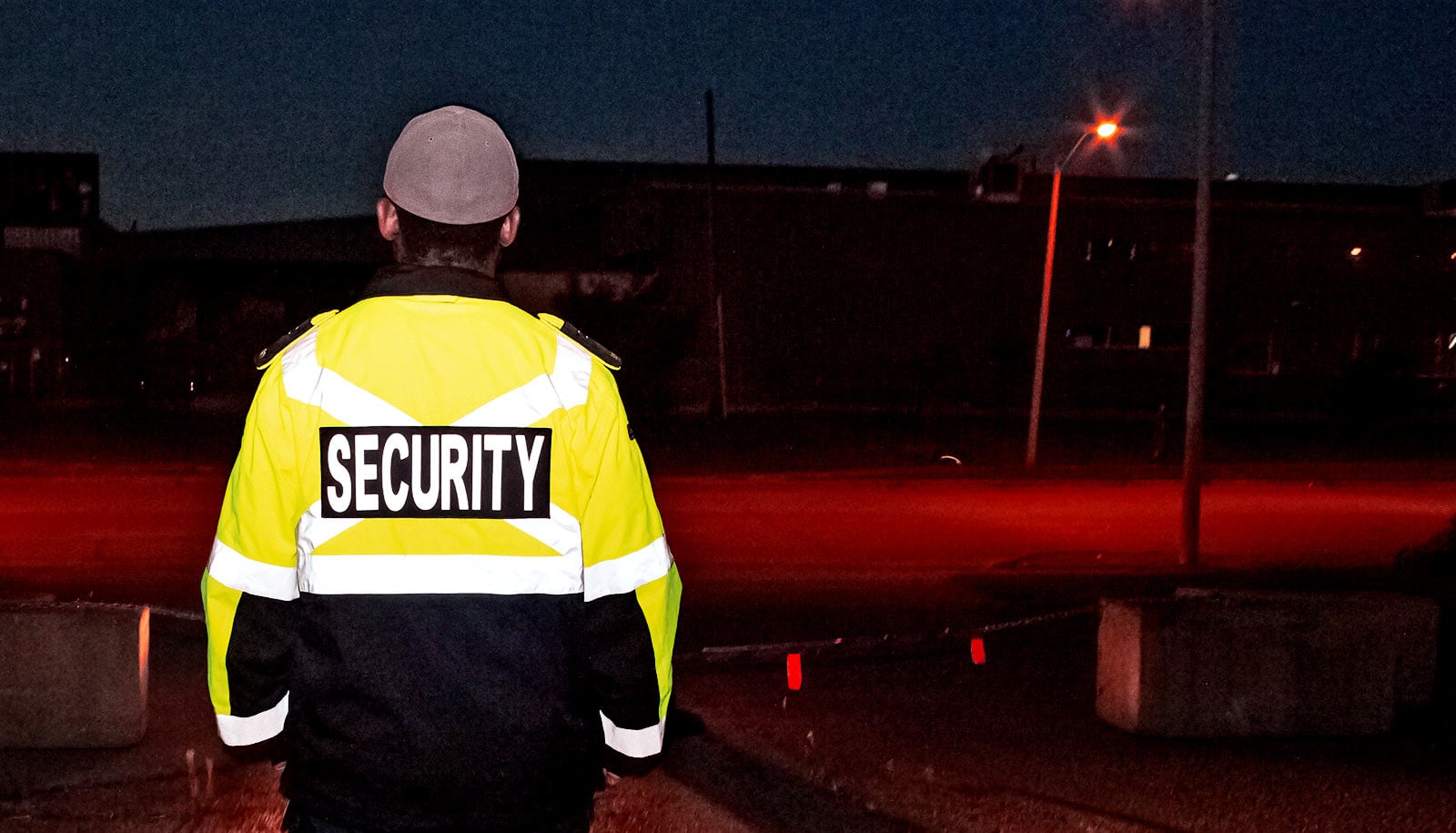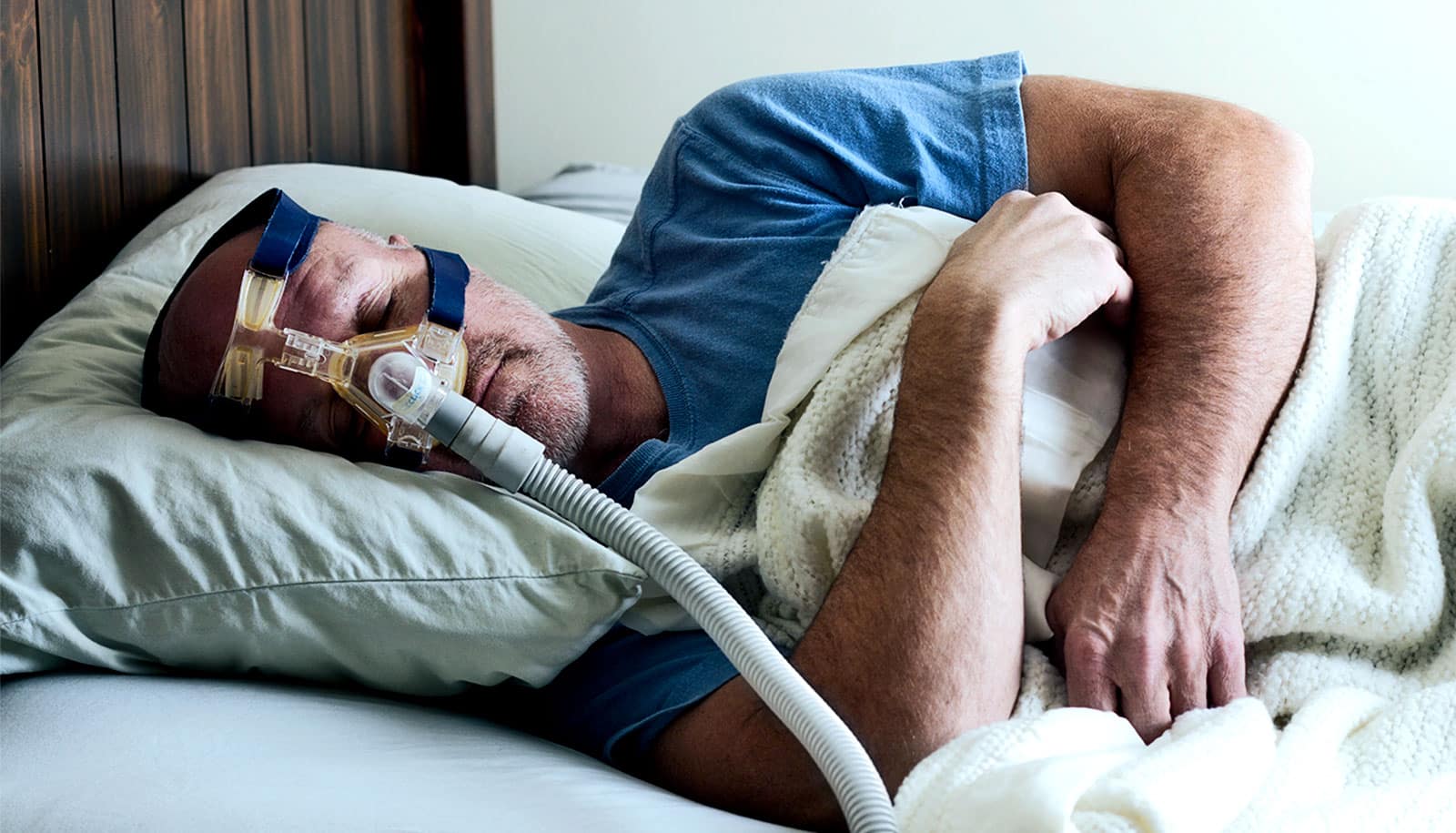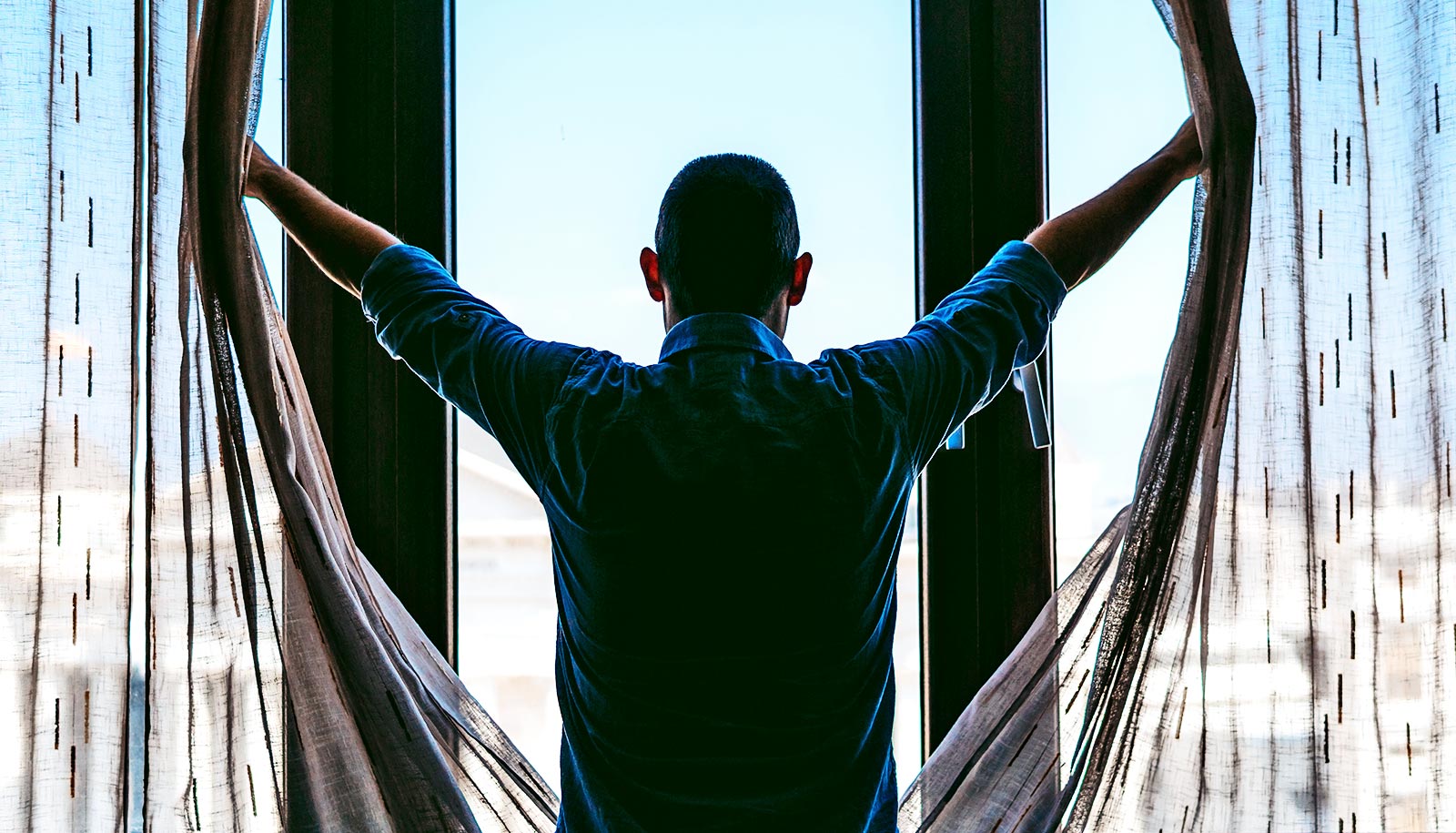Most people with obstructive sleep apnea—a condition in which normal breathing is regularly interrupted during sleep—are prescribed a continuous positive airway pressure, or CPAP, machine as treatment.
Yet many people do not use their devices as often or as long as recommended, reducing their effectiveness.
The new study reveals that a person’s biological clock may affect how well they adhere to proper CPAP use. Specifically, the researchers found, “morning people,” or those who prefer to wake earlier, were more likely than others to use their devices for longer periods as they slept. This revelation, they say, could help physicians anticipate adherence issues and navigate them proactively.
Obstructive sleep apnea is common, affecting one in seven people globally. When those with the condition fall asleep, the muscles in their throat relax and close their airways, interrupting normal breathing.
“As a result, oxygen can’t get to the rest of the body, the brain in particular,” says Andrey Zinchuk, assistant professor of pulmonary, critical care, and sleep medicine at Yale University School of Medicine and senior author of the study in the Annals of the American Thoracic Society.
“So before they asphyxiate, their brain wakes them up. And this can happen anywhere from 10 to 15 times an hour up to 100 times an hour for some individuals.”
This repeated interruption of sleep has immediate effects; heart rate and blood pressure increase and the body releases stress hormones like cortisol. Untreated, sleep apnea is also associated with long-term health effects, such as high blood pressure, diabetes, stroke, neurocognitive dysfunction, and an increased risk of being involved in auto accidents due to fatigue.
CPAP devices prevent closure of the airway by splinting it open with air pressure. To be fully effective, the devices should be worn all night, every night, Zinchuk says.
“But many people really struggle with it,” he says. “After one year, about half of patients will stop using their device.”
There are a few behavioral and social factors associated with CPAP use, including readiness for change, resiliency, socioeconomic status, and social support. But none of the factors studied so far can fully explain why a patient is more or less likely to use their device as directed.
For the new study, Zinchuk and colleagues examined whether chronotype—or, one’s inclination to sleep at a certain time—may contribute to CPAP adherence, using data from the Apnea Positive Pressure Long-term Efficacy Study, a long-term study of the effects of CPAP devices on the health of individuals with obstructive sleep apnea.
There are three types of chronotypes: morning chronotypes, or what would colloquially be referred to as “early birds,” evening chronotypes, or “night owls,” and those who sit somewhere in between, dubbed “intermediate” chronotypes.
Chronotype classification corresponds to a person’s biological clock. It’s assessed by responses to a questionnaire that inquires when someone prefers to wake up and go to bed, what time of day they become tired, and when during the day they feel at their peak performance, among other questions.
In a sample of 469 CPAP users, researchers found most had morning (44%) or intermediate (47%) chronotypes and few (8%) had an evening chronotype. Because there were so few participants with evening chronotype, the researchers compared CPAP use among those with morning and intermediate chronotypes.
They found that over a six-month period, those with morning chronotype used their CPAP machines more than 40 minutes longer each night, on average, compared with those with intermediate chronotype.
“Each additional half hour of CPAP use is clinically meaningful,” says Zinchuk. “It has an impact on a patient’s quality of life. So 40 minutes is significant.”
Zinchuk says more research is needed to determine what factors underlie this relationship between chronotype and CPAP adherence.
“It may be that a person’s biological clock may affect the type of sleep apnea they have,” he says. “Some types are more readily treated with CPAP, others with non-CPAP treatments. Or it may simply be that people with morning chronotype are just better suited for the 9-to-5, accepted life patterns in our society.”
Regardless, chronotype may be a useful consideration when treating individuals with sleep apnea, Zinchuk says.
“For now, the findings suggest that chronotype may be something we should pay more attention to. If a patient isn’t a morning person, maybe we consider their barriers to CPAP use more closely,” he says.
“This study also reiterates how important and influential our biological clocks are for all kinds of health factors, both biological and behavioral.”
Source: Mallory Locklear for Yale University



